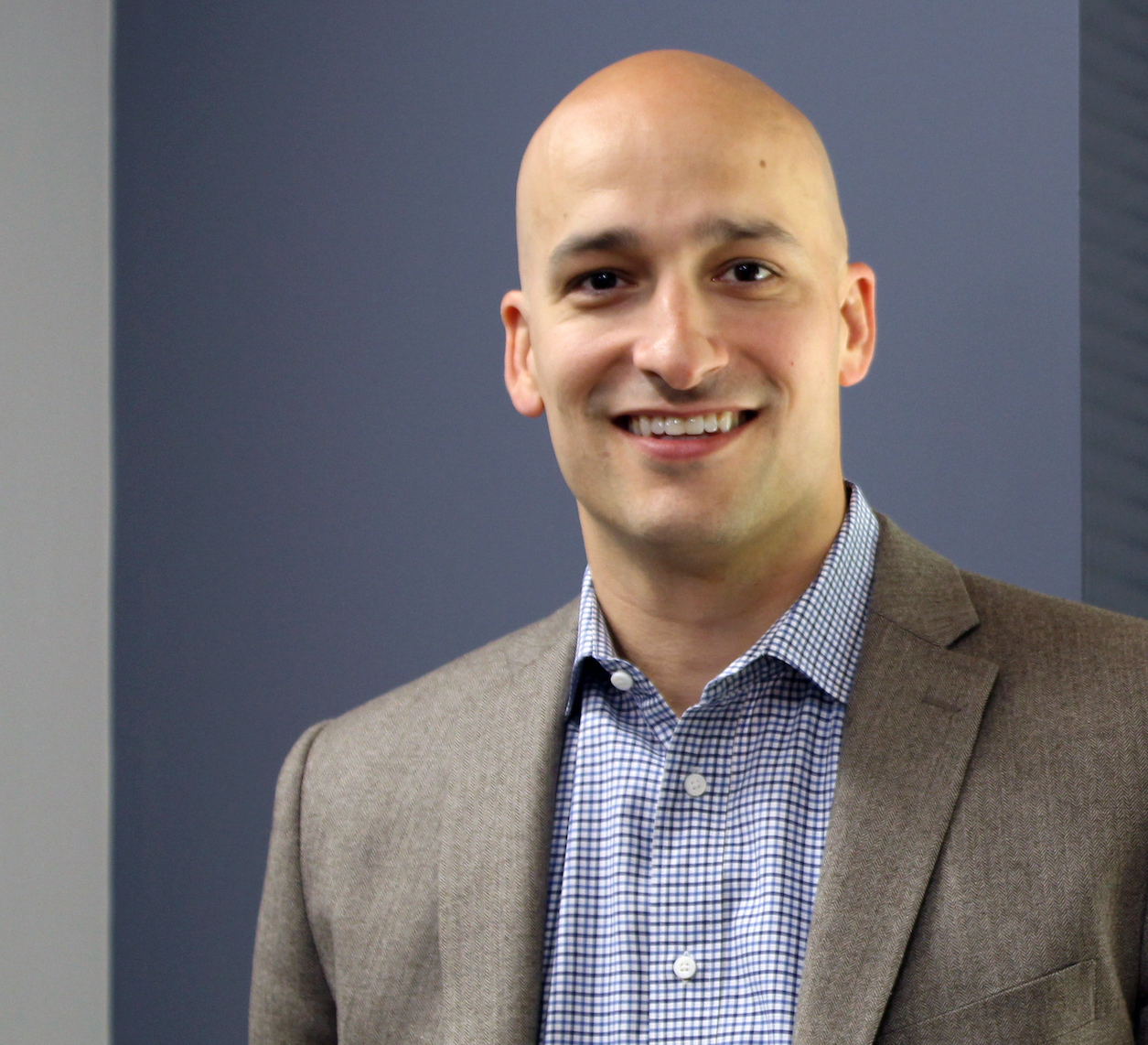HUDSON, OH – A study in the Journal of Medical Internet Research Diabetes late last year found that individuals with diabetes who received continuous glucose monitors (CGMs) under the DME benefit have better adherence rates than those who get CGMs through the pharmacy channel. The study also showed lower overall cost of care for patients covered under the DME benefit.
It’s good news for the millions of Americans who rely on CGMs and an additional motivator for HME providers looking to add a CGM resupply program. Medtrade Monday sat down with Matt Edwards, CEO of Ohio-based distributor GEMCO Medical to learn more about the resupply business.
 Medtrade Monday: How would you describe insurance coverage for CGMs?
Medtrade Monday: How would you describe insurance coverage for CGMs?
Edwards: Overall insurance coverage is adequate. Anyone with diabetes can benefit from CGMs and CMS right now is covering the product for insulin users or non-insulin users who are having issues with hypoglycemia.
It’s a complicated reimbursement product because you have a pharmacy channel that can reimburse these products, and their qualifications can be completely different a DME’s qualifications. Insurance companies see the conditions of diabetes patients on CGM lowering the costs on their hospital spends. They’re covering it more and more, so I think we’ll continue to see upside and coverage getting better.
Medtrade Monday: Why are some providers hesitant to become involved with CGMs?
Edwards: Some of the biggest things we hear is that the local coverage determinations [LCDs] are rapidly evolving and it’s hard to keep up with the latest. The products are expensive and even if you’re doing a CGM resupply program and you’re only buying it at the time of sale—you’re not inventorying the stuff and it’s not a capital expenditure—but your invoices get pretty large pretty quick. If your receivables are not in check, you can have a big cash flow crunch. A DME dealer has to be really careful that they’re monitoring that purchasing to receivables mix and keeping it tight.
Medtrade Monday: How crowded is the CGM business?
Edwards: We hear a lot of providers say, ‘Everybody’s already doing it. There are national brands out there and I don’t see much upside.’
Medtrade Monday: What have you seen among providers you’ve worked with?
Edwards: There are a lot of local market dealers who have rapidly grown with us due to the influence they’ve had in their area, and the service that they give to the prescriber community—and the relationships they have in the prescriber community. That’s a pretty quick ramp to a local presence. People look at all these big suppliers out there and think that they can’t cut themselves some sort of win, but it is possible.
Medtrade Monday: What’s the biggest misconception about the CGM business?
Edwards: One of the biggest misconceptions is that it’s just like the test strip business back in the day, but it’s such a different product. Even though it’s also in the diabetes category, the way we bill for it is a monthly allowance supply and not a per widget. It’s a prescription item. You can’t get it over-the-counter. There’s a lot more compliance on people staying on use versus not using it. It’s really a product that is billed and people are using it. We are making sure that they’re compliant with it and it’s changing lives in the world.
Medtrade Monday: How does resupply fit in with a typical provider’s business?
Edwards: It’s a home care product and a post-acute product. For DMEs that work with hospitals already, there are already post-acute workflows. Endocrinology practices that are primarily prescribing these products, and primary care providers, are already working in hospital systems and EMRs. DMEs know how to handle documentation workflows.
They know how to talk to physicians about how to prescribe to them. DMEs are used to using resupply products—buying them from distribution partners. Many of them have established relationships already with a distribution partner for resupply, so there’s an opportunity to just add the products in that way. Many DME systems out there have diabetes modules or workflows that are already built out from existing suppliers. They just need to be configured or used by new dealers looking to get in the market. It’s not like you have to take a CPAP workflow and work it into a diabetes workflow. There’s probably something already set up out there for you, or someone who can help you figure that out.
Part two of this conversation will appear in a future issue of Medtrade Monday.

